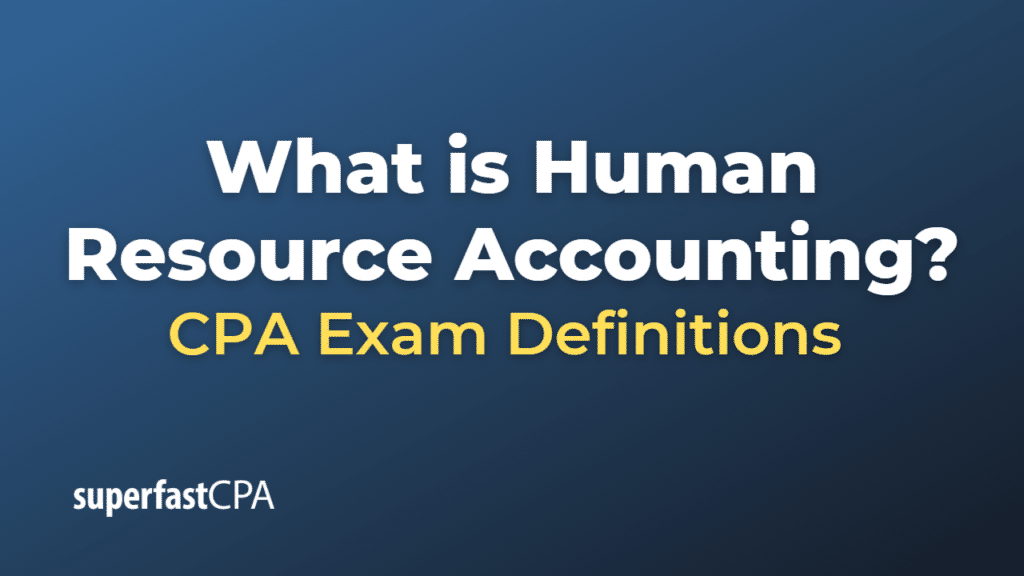Human Resource Accounting
Human Resource Accounting (HRA) is a practice of accounting that seeks to quantify the cost and value of employees to an organization. It is the process of identifying, measuring data about human resources, and communicating this information to stakeholders.
HRA involves two key practices:
- Cost-Based Approach: This method treats expenditures related to employees, like recruitment, training, and development, as investments rather than expenses. The aim is to match the cost of the human resource investment with the derived benefits.
- Value-Based Approach: This method attempts to determine the economic value of employees to an organization. It recognizes that employees’ knowledge, skills, and abilities can create significant value for an organization, and it seeks to measure and report this value.
The purpose of HRA is to aid decision making and provide more detailed financial reports. However, implementing HRA can be challenging due to the difficulty of measuring certain aspects of human resource value and the subjective nature of some of these measures.
HRA is not widely recognized or standardized in the field of accounting, and the methods used to carry out HRA can vary significantly. Therefore, it’s essential to consult with a qualified accountant or human resources professional when considering HRA.
Example of Human Resource Accounting
Let’s take an example of a software development company, TechFirm Inc., and see how it can implement Human Resource Accounting (HRA).
- Cost-Based Approach: TechFirm recruits and hires a new software developer. The costs associated with this process, such as advertising the job vacancy, the time spent by HR personnel in screening and interviewing candidates, and any recruitment agency fees, are all recognized as investments in human capital.
For example, let’s say these costs add up to $10,000. Furthermore, TechFirm also invests $5,000 in training for the new hire. Under the cost-based approach of HRA, the total investment in this new developer is seen as $15,000.
Then, TechFirm would analyze the returns from this investment over time. This could be through the developer’s contributions to projects, their impact on improving software quality, increased customer satisfaction, or other measurable outcomes. - Value-Based Approach: Over time, the software developer gains experience, develops a deep understanding of TechFirm’s systems and processes, and even leads new innovative projects. The developer’s increasing knowledge and skills make a significant positive impact on TechFirm’s services and profits.
To calculate this, TechFirm might consider the developer’s contribution to revenue-generating projects, their role in reducing costs or improving efficiency, or their innovation in creating profitable new solutions.
Suppose the value associated with the developer’s contributions is determined to be $60,000 in a given year. This figure is an example of the economic value of the developer to TechFirm as calculated under the value-based approach to HRA.
Remember, HRA methods can vary significantly and these examples are simplifications of what can be quite complex processes. The lack of standardization in HRA practices means different companies might use different methods or measures to calculate costs and value. Always consult with a qualified professional when considering or implementing HRA.













